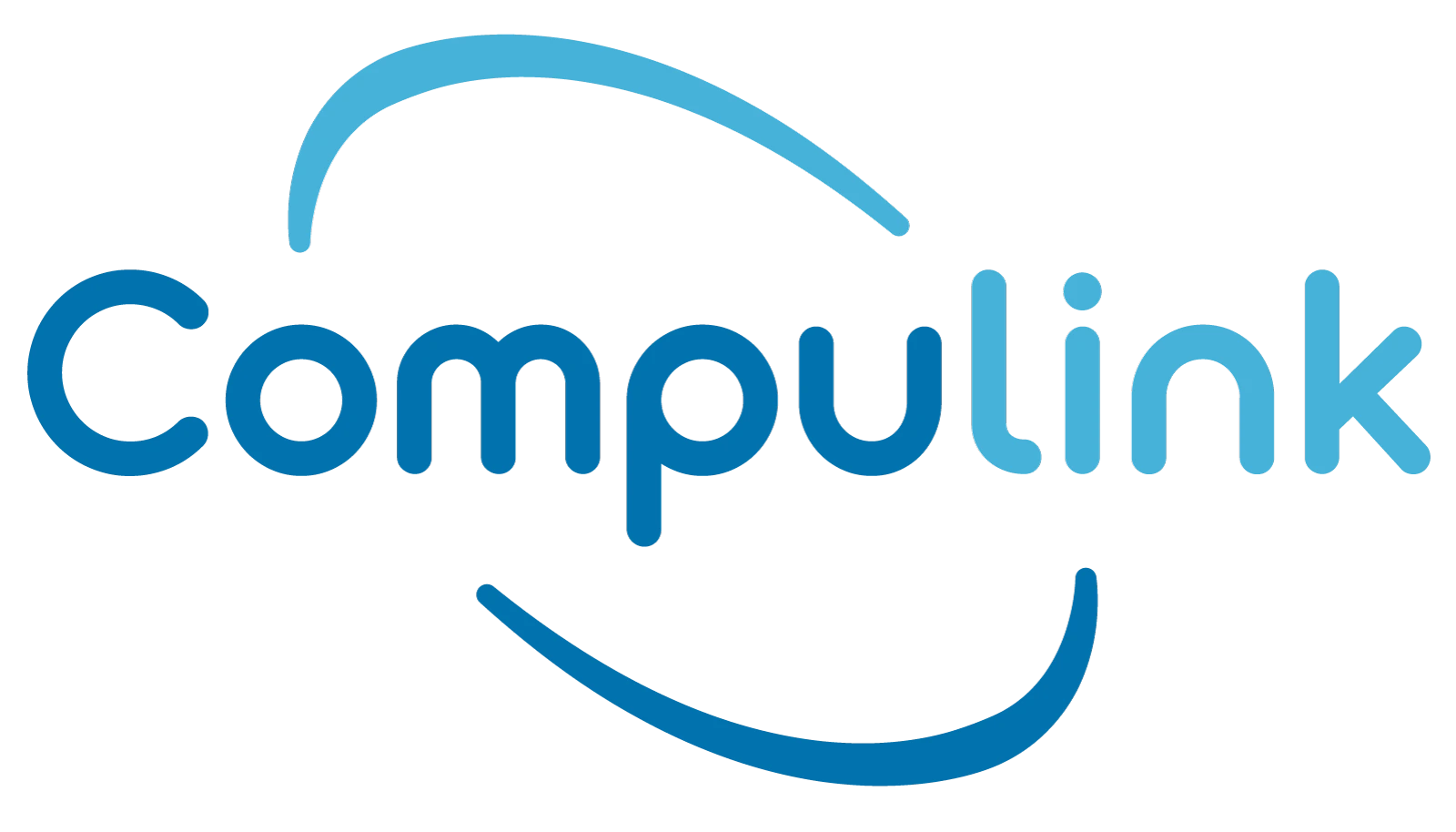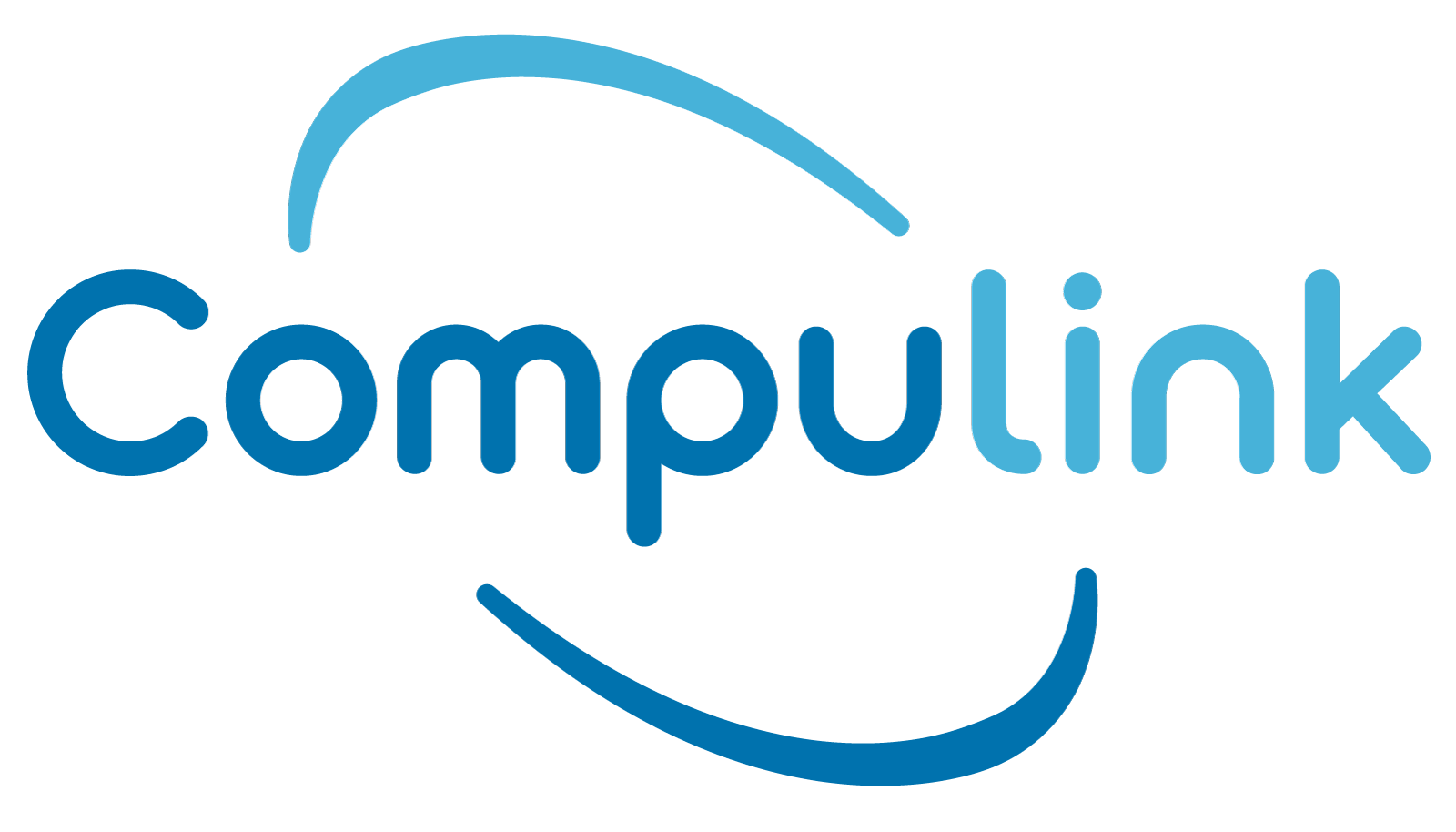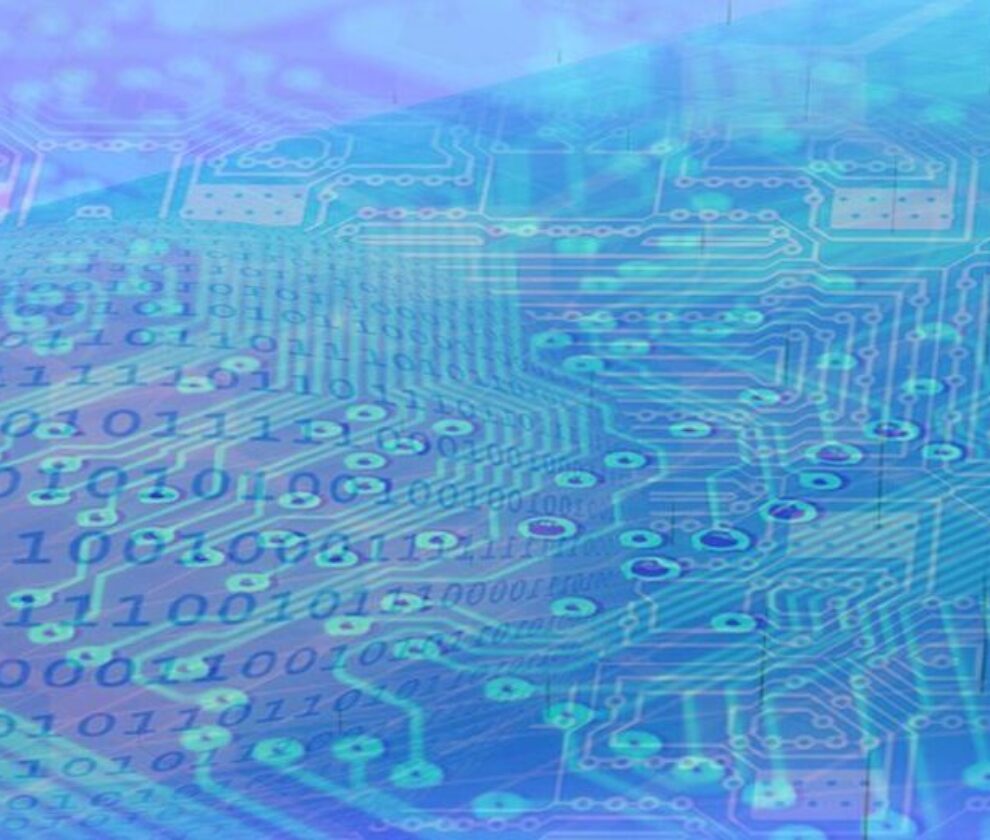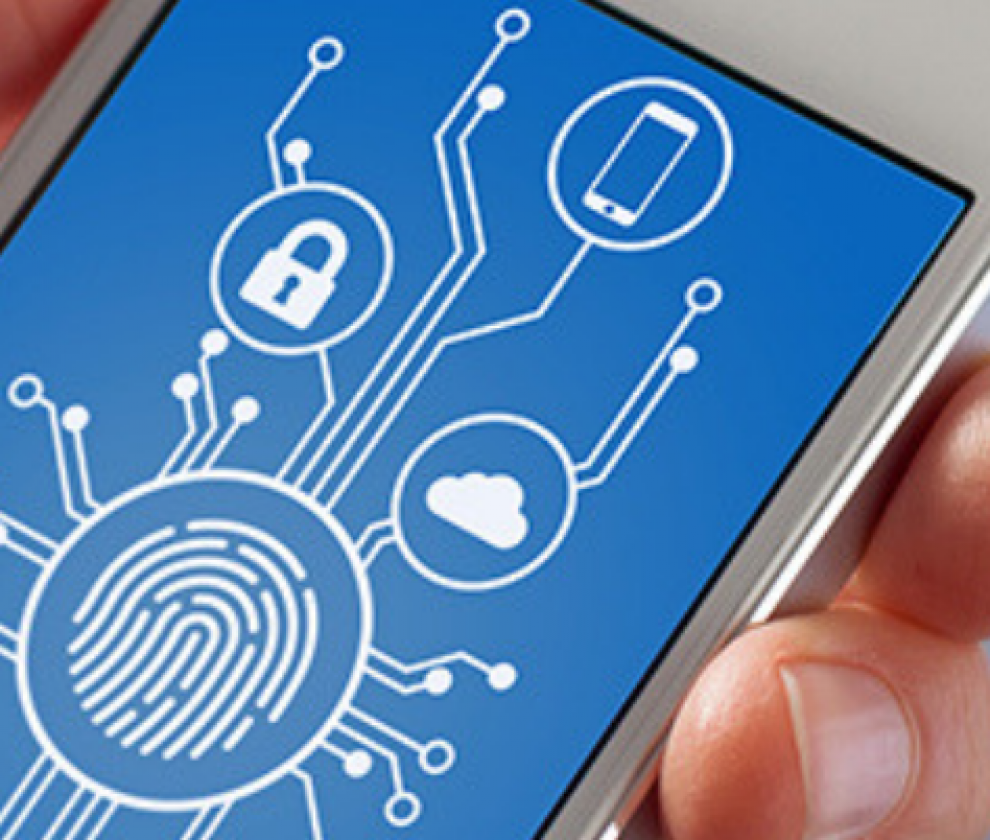When it comes to IT, every organization has to maintain a budget. Small businesses, enterprises, government agencies, educational institutions, all have to find effective ways of making the most bang for their buck in their investments. Regarding the IT Spend, this means equipment that successfully enhances productivity, facilitates communication, maintains data storage, network connectivity, and an overall secure network.
When you have to buy laptops, printers, software licensing, cloud/on-premise storage, cybersecurity, network connectivity equipment and other aspects of an organization’s IT, the costs can be quite high and you have to stay within a budget. So the question remains: how does one stay within budget while having a secure, reliable, IT ecosystem for their team?
“Convenience” Advancements
It is no secret that technology is constantly evolving and expanding. One notable observation however, is that technology advances to increase convenience. This pertains to not only smartphones but to IT equipment as well. Convenience of usage should be one characteristic today we can centralize network data into one dashboard and manage the entire IT ecosystem from one pane of glass. For example, network security breaches, connectivity issues, and browsing of individual end-user devices can all be managed from one dashboard.
Convenience can also include automation. There are regular tasks that can be automated via automation software and/or artificial intelligence. Earlier this year we published an article about the urgent need to adopt cloud based workflow automation. Workflow automation can benefit various roles in a company: marketing, accounting, software development, Sales, Human resources, Administrative Work/Data entry and more!
Additionally, if multiple functions are centralized into fewer solutions, costs reduce and productivity enhances.
Security, Security, Security
It is a no brainer: Security is an essential cost. It is smart to invest in an effective cybersecurity solution for your team. A network breach can cause tremendous costs such as theft of data, delays in operations, etc. We have published an article about the costs of cybersecurity for a businesses.
Cybersecurity does not only mean an Anti-virus for an endpoint device. Endpoint devices (computers, tablets, mobile devices) are all connected to the network of the organization. Cybersecurity includes protecting the network from external threats. Threats can enter through different parts of the network including but not limited to the router.
An aspect of cyber-security that is often overlooked is print security. In an IT environment, printers are also connected to the network. An insecure printer environment leaves room for infiltration into the network via the printer.
A cyber-security solution may be costly but it is crucial to be preventative to cyber threats rather than reactive. Reacting to a crisis is far more costly and unpredictable than preventing a crisis.
High Quality Hardware
In addition to having a secure network environment. having high-quality hardware is also important. Earlier this year the Compulink team has done a Collablink campaign where we discussed different products from multiple product categories and manufacturers.
That being said, it is important to have high, sustainable quality when it comes to IT hardware. If you have sustainable hardware versus cheap hardware it can last your organization a long time, saving you from spending a lot more in the long term.
The Cloud
The cloud has become quite the norm in the IT space. And there are a few doubts about whether to invest in the cloud or not. It is important to have a hybrid cloud solution for your business.
Here’s why:
The cloud can be a cost-effective way to save space. The costs are based on a monthly fee. The thing about the cloud is that when your organization enter
Regular IT Refresh
Information Technology products and services are always advancing, and it is crucial we all strive to keep up. The common rebuttal a business owner may provide is “if a product from 2001 has always worked for me, why should I still change?” There are a few reasons why:
- IT Hardware becomes old and incompatible with new products, if they are not refreshed. Additionally, the aging process of hardware can cause inefficiencies in its functionality.
- Similar to hardware, IT Software also gets old. New bugs emerge as IT software



